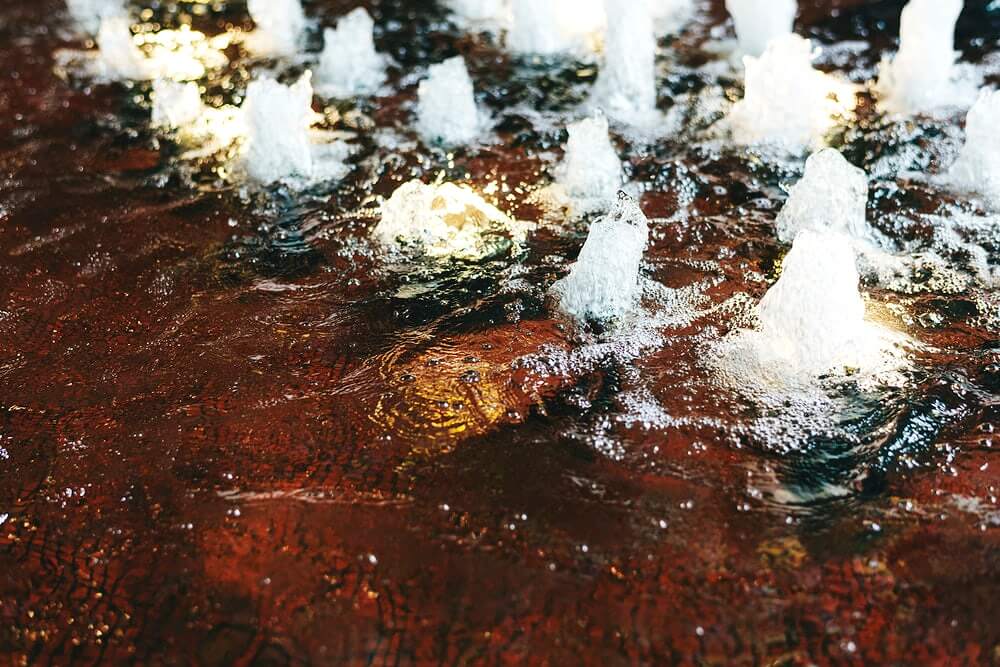The quality of drinking water supply in Australia is dubbed as one of the best in the world.
The Australian Federal Government requires all states to provide safe water for citizens. Water distributors should follow water quality guidelines at all times. The guidelines include monitoring of water quality and implementing standard water treatment process to remove contamination. However, this massive community water treatment is not everything, and residents need to know its weaknesses and the steps they can do to mitigate the hazards of possible and unreported contamination.
First, let’s talk about what contamination is...
Contamination, in this case, is the presence of unwanted substances and organisms in water. Ideally, drinking water should be pure.
The purer the water, the safer it is to drink.
Realistically, this is not the case. Water is a powerful solvent. This property of water is crucial in nature and great in laboratory and industrial settings. Health-wise, it is water’s major liability.
Contaminants are present in water. Everything that is in water is considered a contaminant.
There are big contaminants such as plastics and dead leaves, which are easily removed.
There are small, microscopic contaminants. The tiny ones are the most dangerous, because they lurk in your water, and you don’t know they are there until you and your family start getting sick.
- Contaminants can be grouped into the following:
- Microorganisms
- Sediments
- Inorganic chemicals
- Heavy metals
- Organic
Microorganisms
Water from rivers are rich in nutrients and microorganisms that feed on them. Treatment facilities are successful in eliminating most, but not all, microorganisms in your tap water. Common microscopic organisms in tap water are:
- Giardia
- Cryptosporidium
- Amoeba
- Bacteria (e.g. E. coli and Legionella)
- Algae
- Viruses
Some of these things resist chlorination and pass through filters in water treatment facilities. You may be ingesting these ugly creatures from your tap water without you knowing it, and they cause diarrhoea and vomiting.
Water from deep wells can contain more pathogenic microorganisms, including a list of harmful parasites. People who are already ill or those with suppressed immune function are at higher risk.
Sediments
Water coming from your taps or wells has much higher dissolved solids than filtered water. Unfiltered water from deep wells is vulnerable to contamination of clay particles, fine sand, and dirt.
Inorganic substances
There is a long list of inorganic contaminants present in community water. Two of the most common are
- Chlorine
- Fluoride
Chlorine is added in water for purposes of disinfection. It does kill bacteria, after which the chemical and its byproducts become un-necessary.
Water distributors add Fluoride to your water because the government requires it. Contrary to the purported claims about Fluoridation, it does not help decrease cases of tooth decay and only give children mottled teeth (fluorosis). Studies also show that fluoride causes IQ decline in kids.
Dangerous Inorganic Chemicals
- Asbestos
- Cyanide
- Nitrates
These inorganic contaminants gain entry to drinking water supply via river pollution. Factories that manufacture steel, glass, plastics, and fertilizers may be leaking these chemicals into the environment, affecting nearby rivers and reservoirs. Asbestos, on the other hand, contaminate water supply in old pipes. These substances can cause a host of problems when taken in over long periods of time. These problems include certain types of cancer and circulatory system disorders.
Heavy Metals
Heavy metals are toxic even at low concentrations. If you cannot completely remove them from your drinking water, at least reduce their concentrations below maximum limits. The equally bad thing about heavy metals is their tendency to accumulate in your body and cause gradual health problems (e.g. lung problems, kidney problems, liver damage, and brain damage).
Industrial activities may cause heavy metal pollution in streams and reservoirs. Acid rain can also wash off metals from the soil and carry them to rivers. Old metal pipes can also leak these nasty things into your water (e.g. lead in old plumbing). Here are common heavy metals found in water supplies.
- Arsenic
- Lead
- Mercury
- Copper
- Cadmium
- Antimony
Copper, selenium, and zinc are heavy metals that play key functions in the human body in very low amounts, but they, too, are toxic at certain concentrations.
Organic Contaminants
Agricultural and industrial wastes comprise the bulk of organic contaminants in water supplies. Many rivers in Australia have traces of chemicals found in pesticides and herbicides used in farms and orchards.
Perhaps the most interesting is the byproducts of water chlorination, dubbed as the cheap and effective means of disinfection. Chlorination produces another group of organic chemicals known as trihalomethanes (THMs). THMs cause kidney and liver disease and cancer.
Are You at Risk?
Certain situations put your water supply at risk to contamination.
- Proximity to industrial and manufacturing plants
- Proximity to landfills
- Proximity to agricultural zones
- Earthquake, cyclones, and floods
- Old pipes and old plumbing
- Leaking sewers
There is no guaranteed way to make sure you that your tap water is safe from all the contaminants mentioned above.
Your tap water may be safe, but to be truly sure, it’s best take conscious action and have some form of clean water solution like a water filter.
Filter your water!
My Water Filter has every type of filtration system for each type of consumer. From highly effective microfiltration units to the advanced reverse osmosis and UV filtration systems, you are assured that you are drinking only safe, clean, pathogen-free, chlorine-free, and lead-free water.








